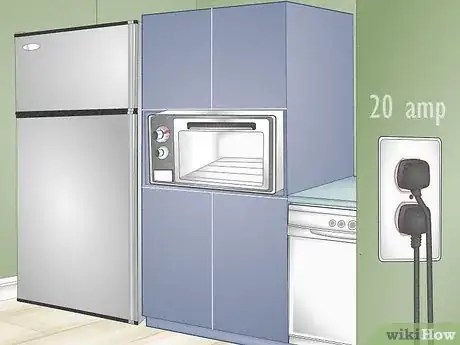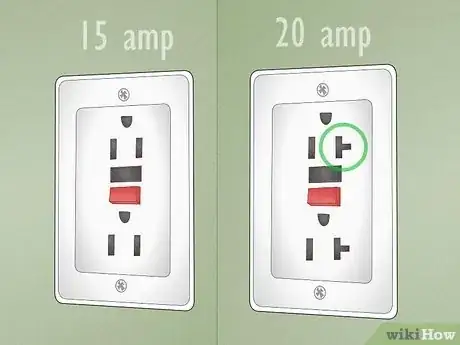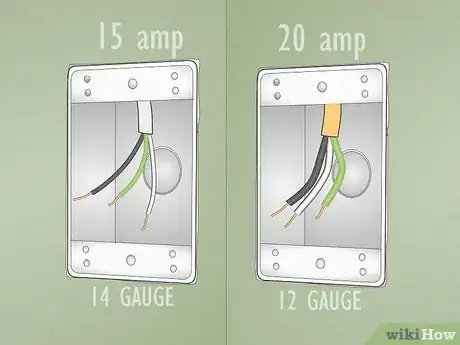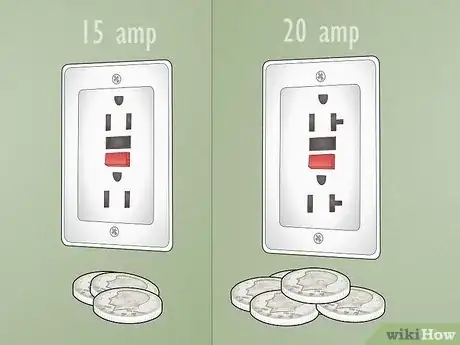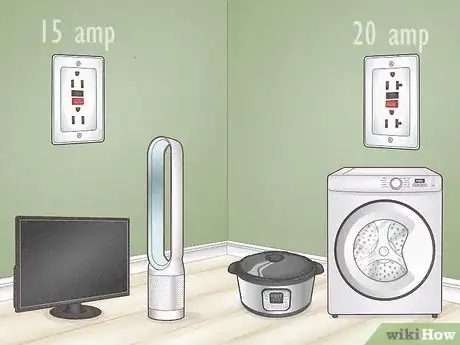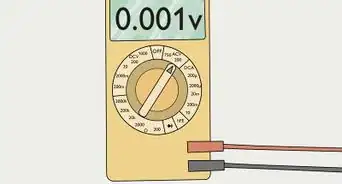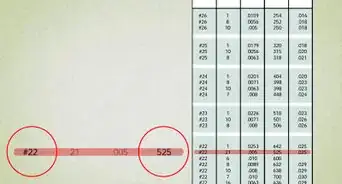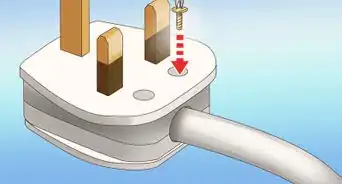This article was co-authored by wikiHow staff writer, Aly Rusciano. Aly Rusciano is a Creative Writer based outside of Nashville, Tennessee. She has over ten years of experience in creative, academic, and professional writing. Aly’s writing has been nationally recognized in the Sigma Tau Delta Rectangle and featured in Blue Marble Review, The Sunshine Review, PopMatters, and Cathartic Literary Magazine. She graduated from The University of Tennessee at Martin with a BA in English, focusing in Creative Writing and minoring in Theatre.
This article has been viewed 4,432 times.
Learn more...
When it comes to electrical wiring, things can get a little confusing. Maybe you’re trying to replace an outlet in your bedroom, or maybe you’re redoing the wiring in your kitchen. Either way, you’re now standing in the hardware store, staring at a wall of outlets, and wondering what you should get. But today’s your lucky day because you’ve stumbled across the perfect article! We’ve got all the details on the 2 most common residential receptacles: 15 amp outlets and 20 amp outlets. So, what’s the difference between them, and can you replace them with one another? Read on to find out.
Things You Should Know
- 15A outlets are the most common in residential properties and power low-amp appliances like lamps, TVs, and fans.
- 20A outlets are generally found in kitchens and laundry rooms and power appliances that use lots of electricity, such as fridges and washing machines.
- A 15A outlet can replace a 20A outlet, but a 20A outlet cannot replace a 15A outlet without changing the outlet’s circuit.
Steps
References
- ↑ https://www.coynecollege.edu/commonly-used-electrical-outlets-types/
- ↑ https://www.coynecollege.edu/commonly-used-electrical-outlets-types/
- ↑ https://safeelectricity.org/ground-fault-circuit-interrupters-gfcis/
- ↑ https://youtu.be/TSscp2DBVCQ?t=60
- ↑ https://youtu.be/XqV0WpcCFrQ?t=85
- ↑ https://youtu.be/TSscp2DBVCQ?t=7

